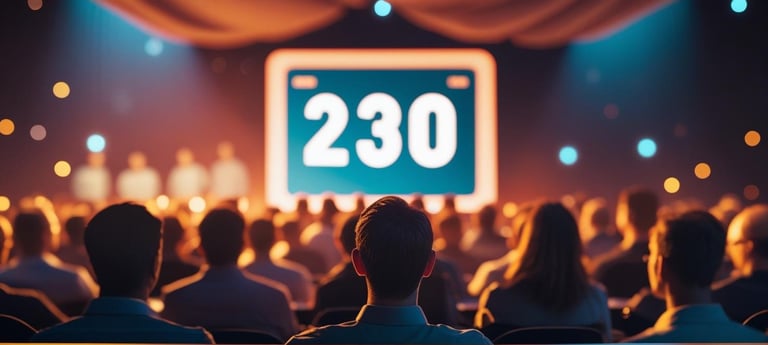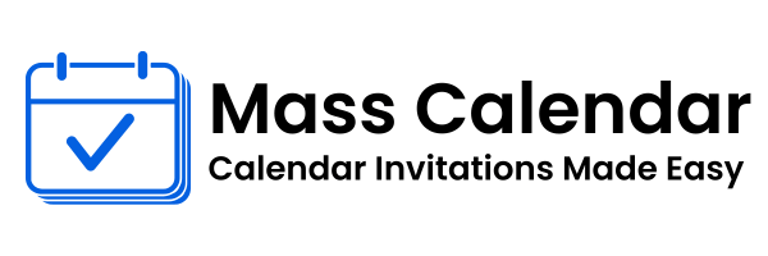Managing Time Effectively with Countdown Timers in Webinars and Presentations
Time management is a critical success factor in today’s fast-paced digital events. Whether it’s a corporate webinar, a multi-track conference, or an educational session, managing time slots efficiently determines how engaging and organized the event turns out. This is where countdown timers come into play not as flashy tech, but as fundamental instruments of discipline.
BLOG
7/23/20252 min read


Time management is a critical success factor in today’s fast-paced digital events. Whether it’s a corporate webinar, a multi-track conference, or an educational session, managing time slots efficiently determines how engaging and organized the event turns out. This is where countdown timers come into play not as flashy tech, but as fundamental instruments of discipline.
1. The Modern Session Is Shorter and Faster
Audiences today expect clarity and structure. In most virtual or hybrid events, sessions are between 15–45 minutes long. That leaves no room for lengthy introductions or unscheduled delays. Using a countdown timer for webinar events keeps all elements aligned presentation start, Q&A time, and wrap-up.
2. Countdown Timers as Invisible Anchors
While some sessions use visible timers for the audience, most are designed to guide only the speaker or the backstage crew. A timer for speakers helps individuals gauge their pace, slowing down or speeding up as needed. It can also help a team backstage coordinate video transitions, slide decks, or polls precisely.
3. Session-Based Time Management
Large events often run multiple sessions at once. Maintaining synchronization across them is essential. A countdown timer for sessions can ensure every speaker begins and ends at the right moment. This consistency is critical when one track leads into another or when attendees are switching between rooms.
4. Countdown Timers Reduce Anxiety for Presenters
Having a real-time cue can be calming for presenters. Instead of constantly checking the clock or asking backstage staff for remaining time, they can stay focused on their content. A countdown timer for presenters becomes a silent coach reminding them how much runway they have left.
5. Stage Management and Flow
In physical or hybrid events, stage transitions are particularly sensitive. Delays in switching speakers or resetting mics can throw the agenda off track. With a countdown timer for stage, organizers can alert tech teams, MCs, and speakers about how much time is left before the next session begins making transitions seamless and professional.
6. Customizing Timers for Different Needs
There is no one-size-fits-all duration. While keynote speakers might get 30 minutes, panelists may only have 5-minute slots. Custom timers can be preset backstage or displayed discreetly. Flexibility matters, especially when juggling complex multi-speaker timelines.
7. Tips to Maximize the Value of Timers
Keep the interface simple and visible from a distance.
Use color-coded warnings for the last minute or 30 seconds.
Don’t rely solely on verbal cues; visual timers work better under pressure.
Conclusion
From keeping sessions on track to assisting speakers with pacing, countdown timers are silent yet powerful allies in successful event delivery. Whether you're managing a countdown timer for webinar experiences or setting up a timer for speakers backstage, the role of structured timing cannot be underestimated. Use it wisely to deliver consistent, stress-free, and memorable events.
MassCalendar.in
Send Bulk & Mass Calendar Invites Instantly
CONTACT
Meetings
+44 (0) 203 916 5117
© 2025. All rights reserved.
Help?
